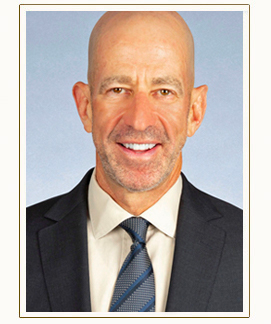Palliative care is a branch of medicine devoted to improving quality of life for people diagnosed with serious illnesses. Receiving such care can make a huge difference in patients’ lives, but many people do not know that it exists, or confuse it with hospice care. One of the hurdles to overcome in making this relatively new specialty more widely available is helping people understand when it is appropriate and why it is so important.
Palliative care focuses on providing relief from the pain, stress and other symptoms of serious illnesses. Hospice care is a type of palliative care that focuses on people who are dying. However, palliative care is also appropriate for patients who are continuing treatment for their illnesses and are expected to live much longer or even recover.
In hospitals and other settings where palliative care is provided, it is delivered by a team of doctors, nurses and specialists to provide additional support beyond that provided by the patient’s primary treatment team. A palliative care team may assist patients with cancer, cardiac or pulmonary disease, Alzheimer’s Parkinson’s, ALS or other illnesses. The team concentrates on addressing symptoms such as pain, fatigue, nausea and depression, improving patients’ ability to endure necessary medical treatments and bettering their quality of life.
Pain relief is often a major focus of palliative care. Patients who have serious illnesses or are recovering from major surgery may suffer from debilitating pain, and both doctor and patient may be wary of opioid use because of the danger of dependence. However, pain relief is an important part of treatment, and a palliative care team can help a patient find the best way to relieve suffering.
Relief from pain is not the only aspect of palliative care. It also includes more general help with quality of life issues such as accessing community services, living comfortably at home and obtaining medical and personal care services that a person with a serious illness may need.
The use of palliative care results in fewer emergency room trips and lower medical costs, in addition to making life more enjoyable for patients and improving prospects for recovery. Advocates for palliative care want the services to become universally available in hospitals, nursing homes and assisted living facilities, but there is much road to travel before that goal is reached. This type of treatment was first defined as a medical specialty in 2007, and many doctors are unfamiliar with it. Doctors who are untrained in palliative care may – like much of the public – equate it with hospice care, and therefore not request it for some patients who may need it.
Palliative care is available at most large hospitals in the United States, but patients may have to request it. Depending on the patient’s reason for seeing a doctor, palliative care may be covered by private insurance, Medicare and Medicaid. Patients who would benefit from palliative care, and their families, should advocate for the patient and request the services they need.



